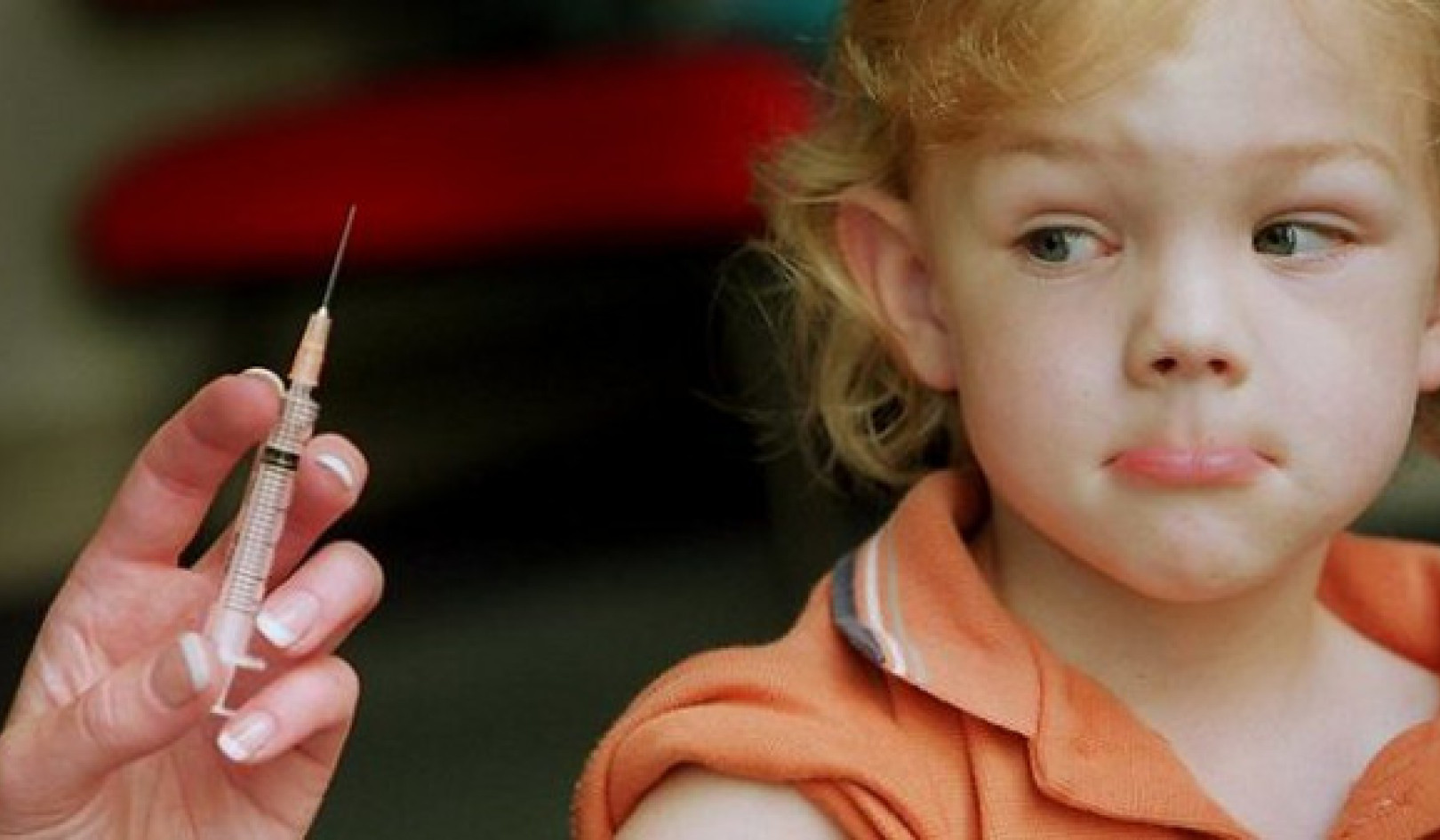
Post-traumatic stress disorder (PTSD) is a severe anxiety disorder that causes overwhelming recollections of traumatic events. These can be triggered by sights, sounds or smells that serve as reminders of the incident. Sufferers also report severe nightmares, emotional numbness and withdrawal from social interactions.
Returned soldiers with PTSD may be constantly on guard and in a state of arousal. This can have a damaging effects on relationships with partners, family and friends. Without treatment, other problems rapidly develop including self-medication with alcohol and other drugs, depression and suicidal behaviour.
Treatment currently focuses on resolving the emotional impact of traumatic experiences, via cognitive or behavioural therapies. Patients are supported to deal directly with distressing memories, thoughts and emotions associated with the traumatic events.
Researchers are also now also looking to other types of psychological treatments, such as mindfulness-based therapies, that can reduce anxiety and depression. These may be easier to deliver because they require less professional expertise and may be attractive to veterans who don’t wish to declare their difficulties are linked to combat or to say openly that they have PTSD.
Mindfulness For PTSD
Mindfulness-based therapy seeks to distract the person from their highly aroused and overly preoccupied patterns of thinking and emotional distress. It has much in common with other meditative and yoga-based relaxation techniques.
A study published today in the Journal of the American Medical Association found returned service people who underwent mindfulness-based therapies had a sharper decline in PTSD symptoms (at least in the short-term) than those undergoing other conventional therapies for anxiety and depression.
In this new study, 58 veterans with PTSD received nine sessions of mindfulness-based stress reduction, while 58 others received the control therapy focusing on resolution of daily problems. At the end of treatment, those in the mindfulness group were more likely to see their symptoms reduce (49% vs 28%).
However, at a two month follow-up, this group was no more likely to have lost the PTSD diagnosis. Therefore, while the study suggests the approach may work in the short-term, more work is required to establish its real utility compared with existing trauma-focused approaches.
While mindfulness-based therapies alone won’t replace existing trauma-based psychological treatments which have a much more extensive evidence-base, they may form part of broader treatment plans. It has previously been shown to be effective for conventional (non-traumatic) anxiety and depressive disorders and, importantly, is popular with users.
How Common Is Mental Ill-health Among Soldiers?
Once termed “nervous exhaustion”, “shell shock” and “combat fatigue”, PTSD has been documented for more than a century.
Following the Vietnam conflict, the psychological and medical literature focused more narrowly on defining PTSD and its relationship to the extent and specific circumstances of combat exposure. Among those United States and Australian veterans tracked in the 1980s, 20-30% of personnel reported combat-related mental health difficulties (though later re-evaluation suggested these rates may have been inflated).
More recently, in 2010, Australian troops reported similar rates of mental illness as the rest of the Australian population. Around one in five had at least one disorder in the past 12 months and 6.8% had more than one disorder. The rate of PTSD was higher among troops: 8.1% compared to 4.6% for the general population. Interestingly, our young male troops also had higher rates of depression than the general population but lower rates of alcohol misuse.
All studies in currently serving personnel, however, are likely to underrate the lifetime rates of PTSD and other mental disorders. As our soldiers move from active duty back to civilian life, rates are likely to increase significantly.
Data from US veterans suggests around 20% of those who served in the last decade had PTSD. While rates reported in US-based studies tend to be higher than in Australia, it’s likely we will need to provide appropriate psychological services to at least one in five of our veterans.
Towards Individualised Therapy
A major consideration for the development of all alternative psychological approaches to trauma is their ability to be delivered effectively to the larger number of ex-service personnel who report a mixture of PTSD-related problems alongside other psychological and medical difficulties.
To do this efficiently, we need an extended range of therapeutic options that can be more effectively personalized: tailored to the specific needs and preferences of the person and their family members. We also need our health systems to be responsive to those affected.
Here the roles of both Defence and Veteran’s Affairs in detecting and managing emerging ill-health is critical. The ex-servicemen’s organisations also play an important role in facilitating this successful transition from Defence to civilian life.
There is still much work to be done to improve the mental well-being of active personnel. This includes:
- promoting preventive actions
- encouraging appropriate use of professional services
- supporting active rehabilitation within the Defence work environment
- establishing life-long patterns of enhancing not only physical health but also good mental health, and
- reducing exposure to other risks – most notably avoidable trauma and the misuse of alcohol and other substances.
The combination of more personalised services, more effective psychological and social interventions, and new technologies gives us the capacity to mount a much more effective response to these major sources of ongoing disability than at any previous point in our history.
About The Author s
s
 Ian Hickie is Professor of Psychiatry at University of Sydney. From 2000 to 2003 he was CEO of beyondblue: the national depression initiative, and from 2003-2006 he served as its Clinical Advisor. In 2003, he was appointed as the Executive Director of the Brain & Mind Research Institute (BMRI).
Ian Hickie is Professor of Psychiatry at University of Sydney. From 2000 to 2003 he was CEO of beyondblue: the national depression initiative, and from 2003-2006 he served as its Clinical Advisor. In 2003, he was appointed as the Executive Director of the Brain & Mind Research Institute (BMRI).
 Jane Burns is CEO Young and Well CRC at University of Melbourne. The organisation brings together the youth and mental health sector in a partnership with young people and many of Australia’s great researchers. Its establishment is a culmination of Jane’s work in suicide and depression prevention and builds on her national and international partnerships with the corporate, philanthropic and not-for-profit sectors.
Jane Burns is CEO Young and Well CRC at University of Melbourne. The organisation brings together the youth and mental health sector in a partnership with young people and many of Australia’s great researchers. Its establishment is a culmination of Jane’s work in suicide and depression prevention and builds on her national and international partnerships with the corporate, philanthropic and not-for-profit sectors.
This article was originally published on The Conversation. Read the original article.
Related Book:
at

Thanks for visiting InnerSelf.com, where there are 20,000+ life-altering articles promoting "New Attitudes and New Possibilities." All articles are translated into 30+ languages. Subscribe to InnerSelf Magazine, published weekly, and Marie T Russell's Daily Inspiration. InnerSelf Magazine has been published since 1985.

Thanks for visiting InnerSelf.com, where there are 20,000+ life-altering articles promoting "New Attitudes and New Possibilities." All articles are translated into 30+ languages. Subscribe to InnerSelf Magazine, published weekly, and Marie T Russell's Daily Inspiration. InnerSelf Magazine has been published since 1985.






















